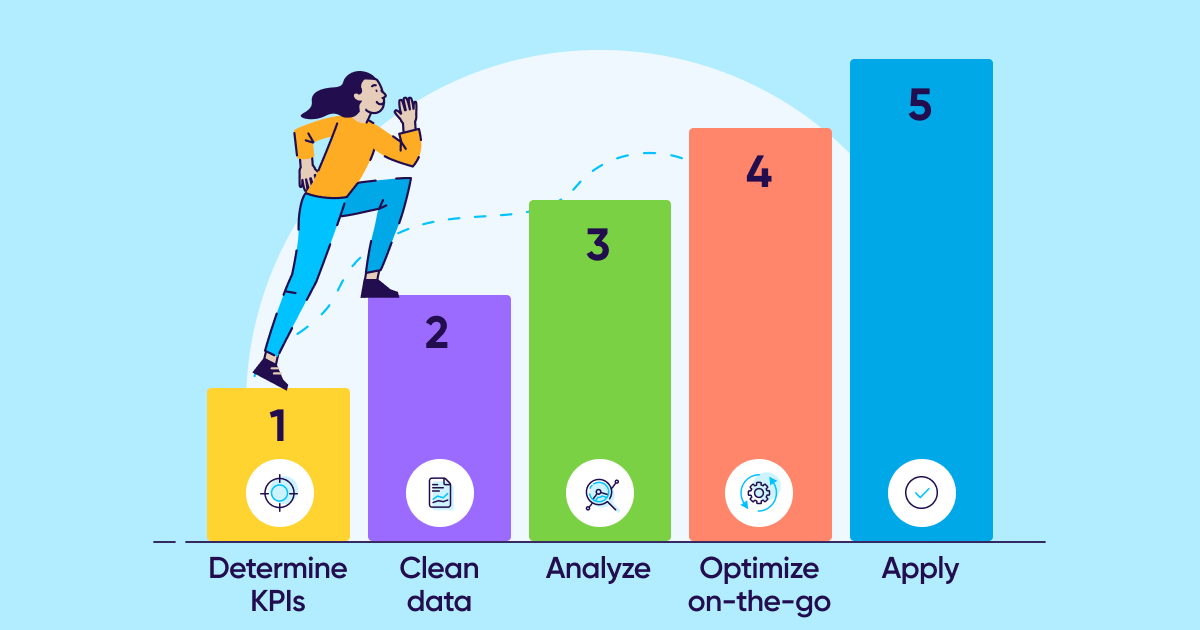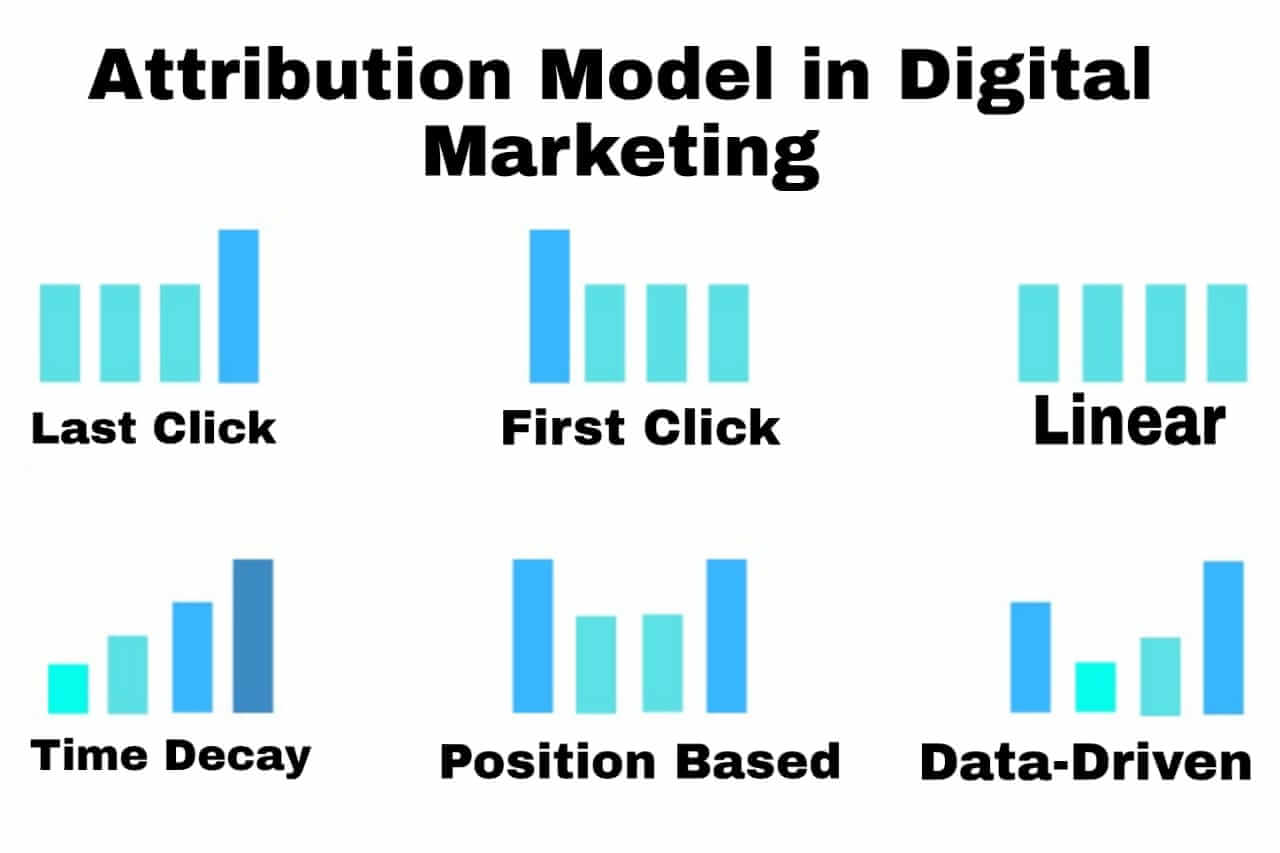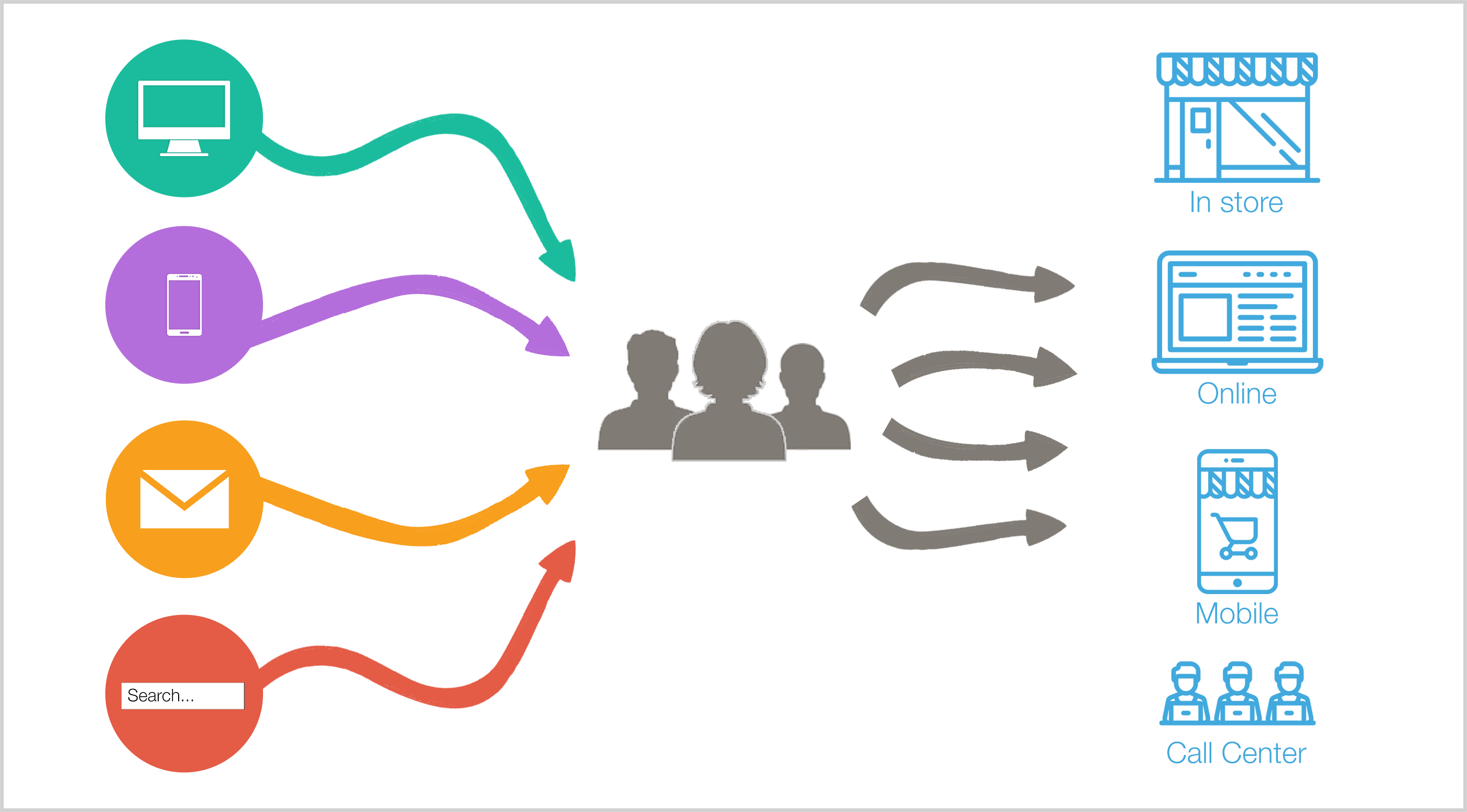What is an Attribution Model? This concept sounds like an extremely difficult task, but today we are going to simplify things. It can help businesses increase marketing effectiveness, attract customers, and achieve success in today’s business environment. In this article, we, Shineapps will quickly learn about the Attribution Model, its importance, and how to use it to optimize marketing strategies.
What is an Attribution Model?

For an audience to visit your website to buy or leave information, it takes a lot of effort. They can visit your website by viewing a social media post, viewing an ad, reading an email, searching online, reading a review, and many other ways.
Very few people go directly to your website right away, except you. And to explain where your customers come from, through what channels, and in what order, the Attribution model is the tool to help you explain this.
In other words, the Attribution model is a tool that helps you aggregate and track the different journeys of each customer on your journey from a stranger to a lead. From there, it helps advertisers find common patterns to optimize the role of each channel and ‘trap’ at the right time, in the right place, and in the right way to attract the target audience to the business.
Types of Attribution Modelling

When applying the Attribution Model to a marketing campaign, there are many different types of models that businesses can choose from. Each model evaluates and assigns value to channels and touchpoints in its own way. Here are some common types of Attribution models:
First Touch Attribution
First touch attribution modeling gives all credit to the user’s first touchpoint with a business product, service, or brand. This first touch point can be when users visit your website for the first time, interacting with the content of the business that they find attractive. For optimal performance, businesses should use the Attribution Marketing Model of Touchpoint when focusing on acquiring Lead forms.
Last Touch Attribution
Last Touch Attribution is the opposite of First Touch Attribution – it gives credit to the last touchpoint that resulted in the customer closing the sale with the business. This attribution is quite simple and hardly considers any customer behavior towards the previous business. For optimal performance, businesses should use Last Touch Attribution when focused on increasing conversions and successfully closing sales.
Multi-Touch Attribution
Multi-touch attribution modeling is extremely powerful because it considers every channel and every touchpoint a customer has interacted with throughout the purchase journey, all the way to the moment the user is converted to a Lead or Closing Sales successfully with the business.
This model helps businesses understand which channels and touchpoints have the most impact and provides insights into how to engage as many customers as possible.
Linear Attribution
Linear attribution modeling is a type of multi-point attribution model that has similar credit scores across all channels and touchpoints where customers have interacted with your business throughout the purchase journey.
However, businesses need to consider this carefully because not all customers have the same interactions with businesses. For optimal performance, businesses should use Linear when the customer touchpoints are similar to the overall goals of the business.
Cross-Channel Attribution
Cross-channel attribution and multi-touch attribution are frequently used interchangeably. Their definitions, however, differ slightly. Cross-channel attribution assigns a value to each marketing channel (such as paid, organic, or social media) but does not take into account the various touchpoints within those channels in the same way that multi-touch attribution does.
Time Decay Attribution
Time-decay attribution assigns credit to all touchpoints that contributed to customer conversion as well as looking at the interaction time at each touchpoint, especially focusing on the most recent customer interactions.
This model is very suitable for knowing which channels have a high level of attracting users to buy. To achieve optimal efficiency, businesses should use it for long sales cycles, especially B2B marketing strategies.
U-Shaped Attribution
U-Shaped Attribution is also known as Position-Based Attribution. It is an attribution model that assigns higher value to two key touchpoints in the customer’s journey: the first touchpoint and the last touchpoint. It recognizes the importance of both the initial interaction that captures the customer’s interest and the final touchpoint that directly influences the purchase decision.
W-Shaped Attribution
W-Shaped Attribution is an attribution model that expands upon the U-Shaped model by assigning additional value to a third key touchpoint in the customer’s journey. Similar to the U-Shaped model, the W-Shaped model recognizes the importance of the first touchpoint and the last touchpoint. However, it also acknowledges the significance of a middle touchpoint that plays a crucial role in the customer’s decision-making process.
Why is Attribution Model Important?

The Attribute Model brings many important benefits to businesses. Here are some key advantages:
Comprehensive Insights
Attribution Modelling provides an overview of the customer journey, helping businesses understand the touchpoints and advertising channels that contribute to customer conversions. By analyzing the customer journey as a whole, businesses can gain valuable information about the effectiveness of their marketing efforts and identify the most important touchpoints.
Optimization Opportunities
It helps businesses optimize their marketing strategies by allocating resources and budgets more efficiently. By identifying the channels and touchpoints that have the greatest impact on conversions, businesses can prioritize and invest in these areas, maximizing their return on investment. The Attribution Model helps businesses recognize inefficient channels or touchpoints and realign or reallocate resources accordingly.
Informed Decision-Making
The Attribution Model delivers accurate, data-driven information, helping businesses make smart marketing decisions. Instead of relying on hypotheses, businesses can rely on data to understand the true impact of their marketing efforts and adjust their strategies based on evidence.
Budget Efficiency
It helps businesses use marketing budgets effectively. By identifying the channels and touchpoints that contribute the most to conversions, businesses can allocate resources efficiently. This helps avoid wasted spend on channels that don’t have a big impact and ensures that marketing budgets are focused on areas that generate the most returns.
Campaign Performance Evaluation
The Attribution Model helps evaluate the performance of marketing campaigns. By analyzing the contribution of touchpoints, businesses can clearly understand the effectiveness of their marketing activities and make adjustments to improve future campaigns.
Customer Journey Understanding
It delivers insights into the customer journey, focusing on the different interactions and touchpoints that influence customer decisions. By better understanding the customer journey, businesses can customize their marketing strategy to deliver a smoother and more personalized experience, thereby improving customer satisfaction and loyalty.
Deployment of Attribution Modelling

To implement an Attribute Model, you can follow these steps:
- Set clear Objectives: Define specific marketing goals you want to achieve using the Attribute Model. This will help you choose the right model and focus on data collection and analysis.
- Collect Data: Identify the data sources needed to apply the Attribute Model. This may include data from web analytics tools, customer management systems (CRMs), advertising platforms, or other tracking tools. Ensure that the data collected is accurate and complete.
- Choose an Attribution Model: Based on your marketing goals and available data, choose an appropriate Attribution Model. Consider models such as First Touch, Last Touch, Linear, or W-Shaped, depending on the characteristics of your business and customer journey.
- Build and Test the Model: Build calculation formulas and algorithms based on the selected Attribution model. Apply this model to the collected data and check the results to ensure the accuracy and effectiveness of the model.
- Analysis and Evaluation: After deployment, analyze the results of the Attribute Model. See which touchpoints and channels contribute the most to conversions and revenue. This helps you better understand the effectiveness of your marketing campaign and make the necessary adjustments.
- Optimize Marketing Campaigns: Based on the results of the analysis, optimize your marketing campaign. Focus on high-impact touchpoints and channels, and align resources and budgets in line with the Attribution Model assessment.
- Track and Update: Track the performance of the Attribute Model over time. Ensure that you maintain ongoing data collection and update the model as needed to accommodate changes in customer behavior and the business environment.
What Is The Best Attribution Model?

There is no universal answer to the question of the best attribution model. The most appropriate attribution model for a business depends on many factors, including goals, industry, the complexity of the customer journey, marketing objectives, available data, and financial constraints. original. Each attribution model has its strengths and limitations.
You should test different models, analyze their results, and make adjustments based on the insights gained. Some businesses even use a combination of attribution models to better understand their marketing impact.
It’s important to choose an attribution model that aligns with your business goals and provides meaningful insights to effectively optimize your marketing strategies.
Closing Thoughts
To summarize, attribution models are critical tools for businesses seeking a better understanding of the impact of their marketing efforts. They provide insights, optimization opportunities, and data-driven decision-making capabilities to businesses, allowing them to allocate resources more efficiently, analyze campaign performance, and improve the whole customer journey.
Determine which model will deliver the information that interests you most, and let’s get started!




